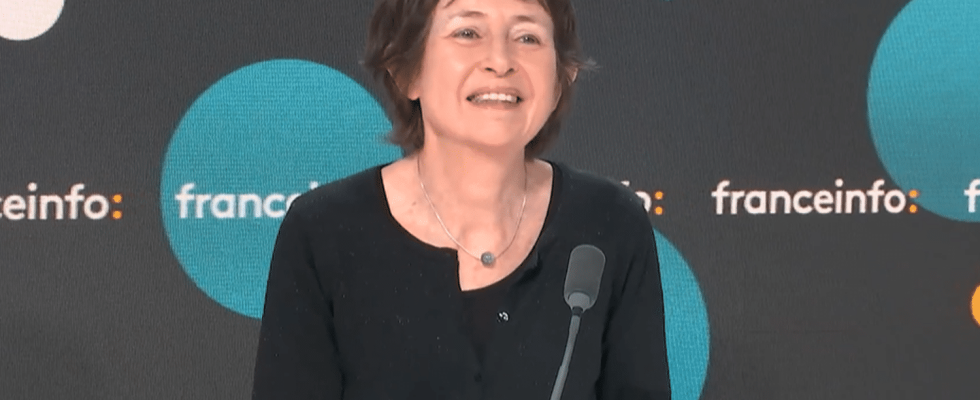Since 2004, the program hosted and created by Claire Doutriaux has rigorously and mischievously deciphered the cultural differences between France and Germany.

Published
Update
Reading time: 7 min

The port of the Birkenstock, the way of cut the cheese or even the numbering ofs streets are ofs subjects that interest us and ultimately allow us of understand us better. The Arte broadcast, “Karambolage“celebrates its 20th anniversary every Sunday this month of March. This show of Franco-German television of short format of ten of minutes, broadcast every Sunday at 7:30 p.m. on Arte is dedicated to French and German cultures as well as to ofs minorities present in each ofs ofux countries.
“I lived in Germany for around fifteen years and when I returned to France in 1990, I found that the French had a very backward-looking vision. of Germany. That they did not know contemporary Germany, explainsa director Claire Doutriaux, originally of This program. I wanted to of flank them ofs pieces of Germany and I also wanted of flank the Germans ofs pieces of France.“
“We have never created diplomatic incidents”
The production is also very careful not to fall into stereotypes, “We start with a word, an object, a uniform, something of concrete that exists so as not to fall into cliché“. It’s a work of long-term which she estimates at one month of work for one minute of broadcast. If the first year, a few French viewers “found it a little shocking that Germans would allow themselves to have a little irony about French customs. That calmed down very quickly.” And Claire Doutriaux reassures, “we never created any diplomatic incidents even if Arte was afraid at the beginning.” “Ofbehind this very light tone, there is ofs research in reinforced concrete“, she confides.
“Karambolage”, with its short format, somewhat innovative at the time, is now available on social networks and is also very successful with ofs young people. A success which also allows this concept of open up a little more to Europe. Ofthen the month of October oflast, it is available in Spanish time, only on the web, on social networks and on Arte.TV, and without other countries of comparison, “We cannot do all the countries at once, we must not drown our approach either” she explains. A Spanish collection which is doing so well that it announces a probable ofsecond year.
Watch this interview on video:
